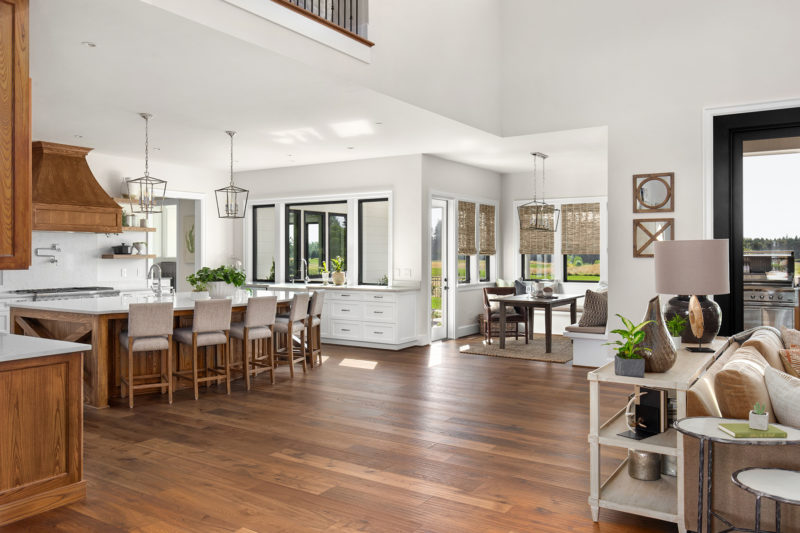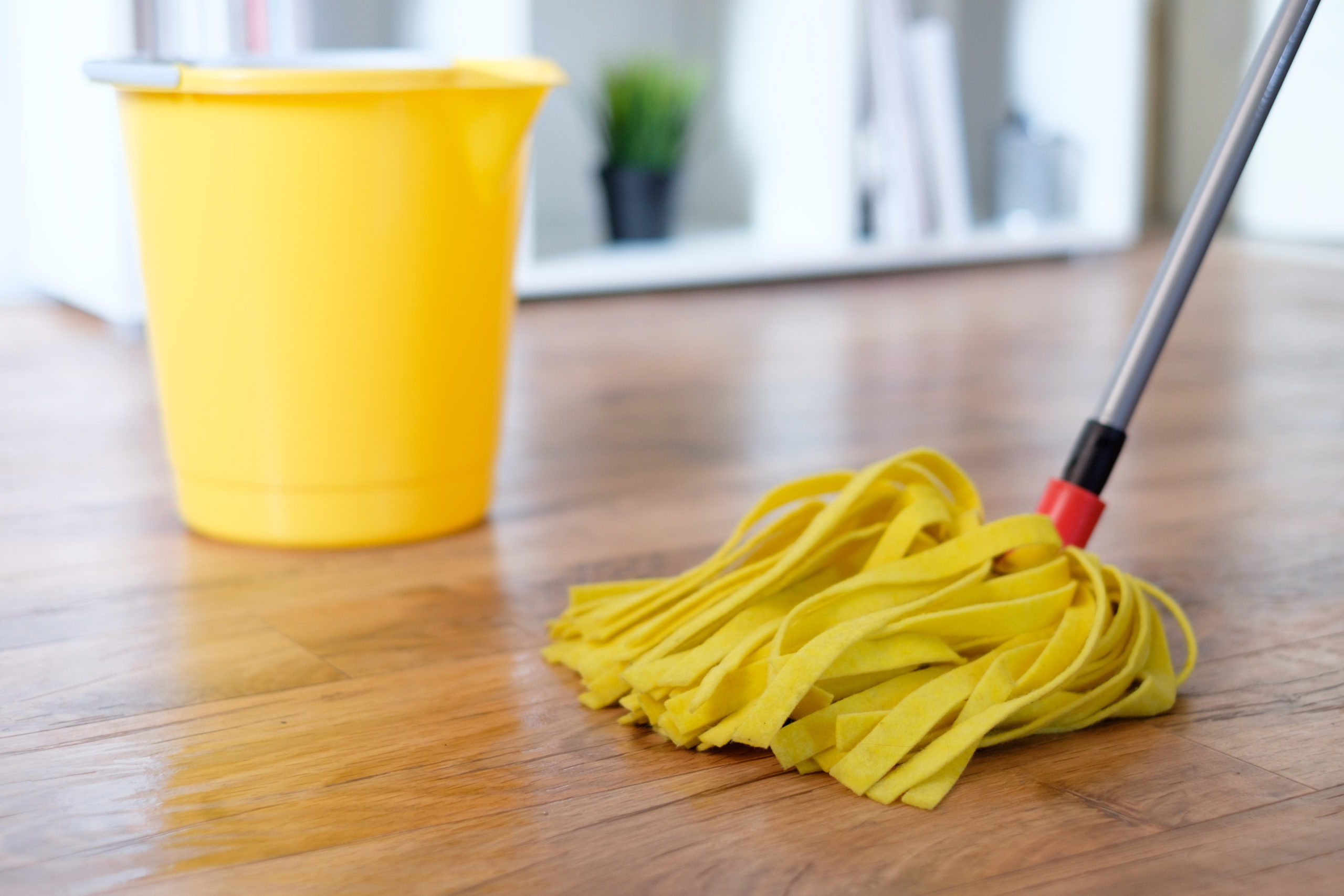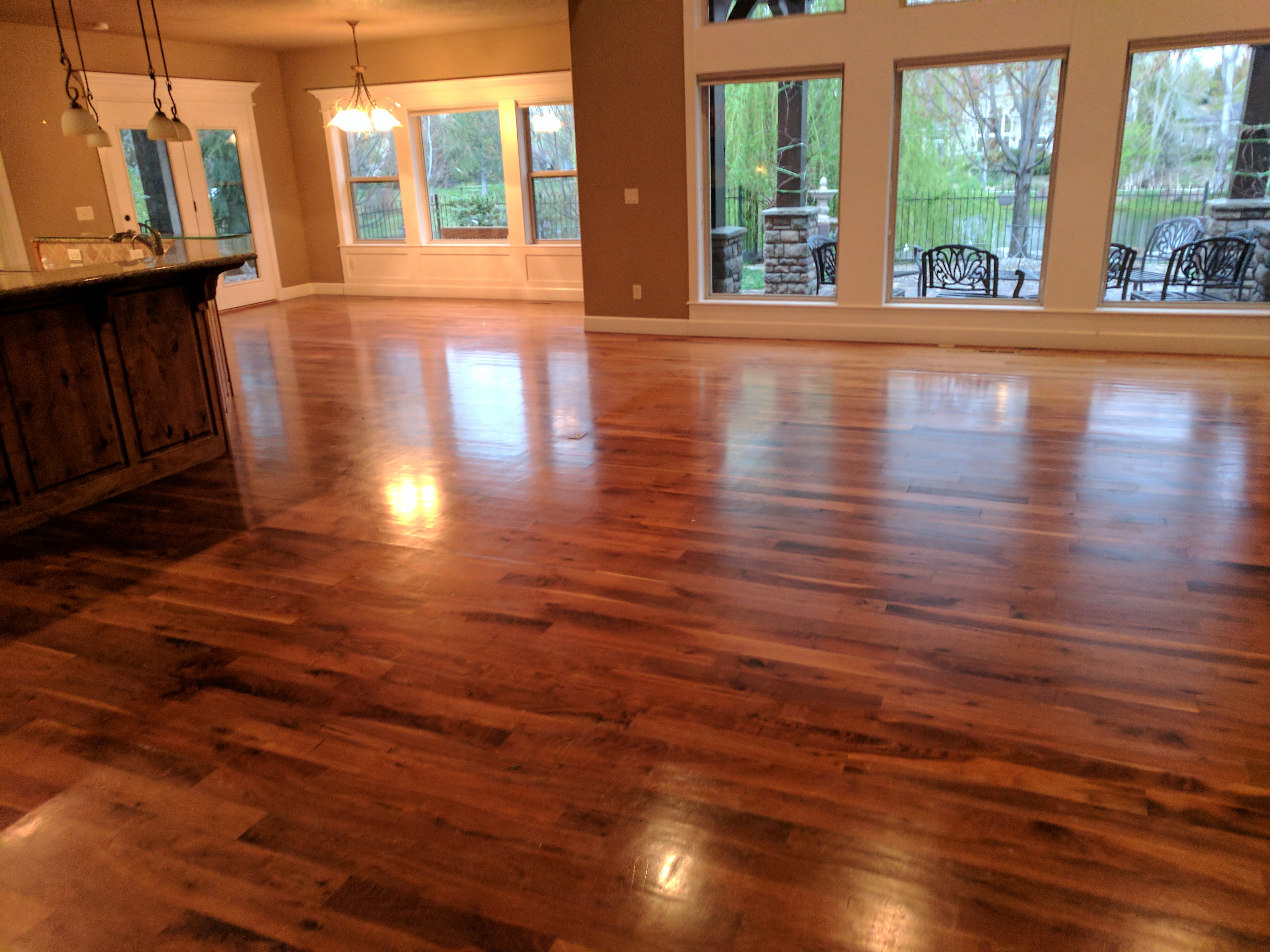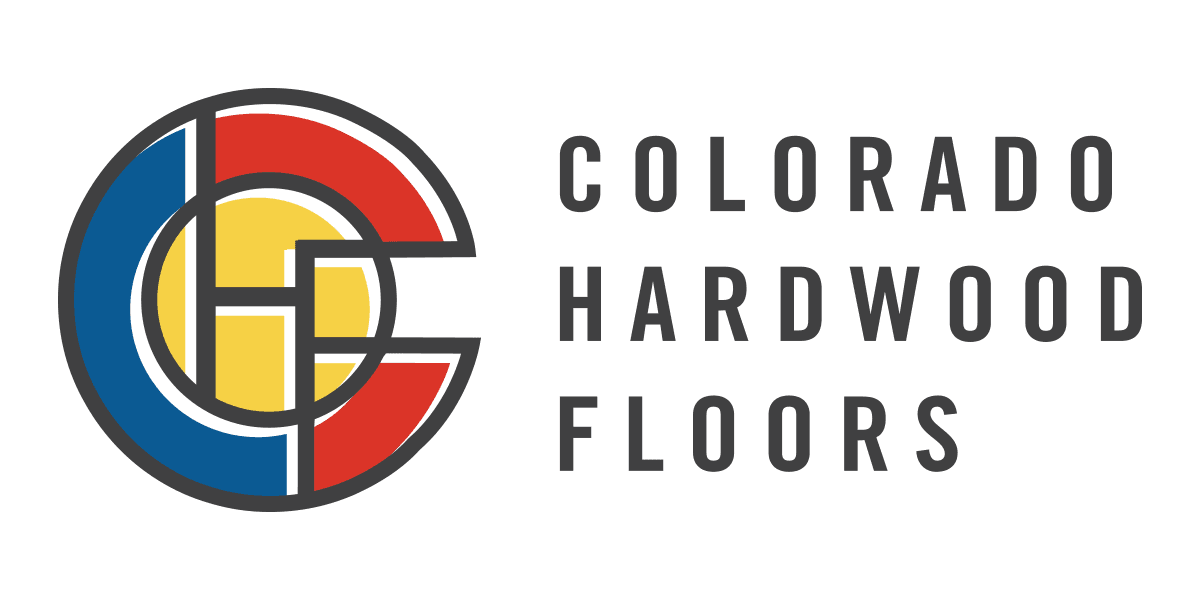When talking about hardwood flooring there are a lot of different factors that are brought up but for simplicity sake we are only going to discuss the top 5 species in Denver. The top 5 wood species in Denver hit a few different marks including the aesthetic and natural beauty and the ability to acclimate to Denver’s climate.
5 Reasons to Refinish Your Hardwood Floors in 2022
Hardwood flooring is a beautiful and durable flooring option but that does not mean it does not require some maintenance and care. Sanding and refinishing your floors periodically is the ideal way to protect your investment. It can be hard to know when it’s time to sand and refinish your floors. There are five signs to look for to know it’s time to refinish your floors in 2022. Some of the signs are easy to spot while others are less obvious.
Read More 5 Reasons to Refinish Your Hardwood Floors in 2022
How to Extend the Life of Your Hardwood Floors
If you have added hardwood flooring to your home you are probably wondering how you can extend the life of your new investment. Hardwood flooring is a beautiful addition to any home and with the right care you really can add years of life to your flooring. Hardwood is durable and can withstand pets and children with the right precautions. There are a lot of dos and don’ts for protecting and maintaining hardwood flooring that we will go over.

Luxury Vinyl vs. Hardwood Flooring
Luxury Vinyl vs. Hardwood Flooring
As an installer of both hardwood flooring and luxury vinyl plank we get a lot of questions about which is the better option. There is no overall winner, each flooring type has its own unique advantages and disadvantages based on your personal needs and wants. Hardwood flooring is a natural material that is harvested from trees while luxury vinyl plank (LVP) is a manufactured product, while the sources of these products could not be more different they are surprisingly similar. There are a lot of similarities between these types of flooring like the design elements and durability but there are also a lot of disadvantages for both flooring types. Choosing between these flooring types can be challenging but there are some key components that often help customers choose the right option for themselves.

Why Hardwood Maintenance is Important!
The beauty and natural elegance of hardwood flooring is what has made it such a popular flooring choice over many centuries. Hardwood flooring has been used for hundreds of years and continues to grow in popularity because of new technology including improved finishes and maintenance. Hardwood is also great because it reduces allergens like dust and debris that can live inside carpets but it’s not as cold on the feet as tile.

Choosing the Right Sheen for Your Hardwood Floor
When choosing materials for a new hardwood floor, don’t let sheen levels go unnoticed. Sheen is the level of gloss or luster in the flooring finish and has a big impact on the overall look of a hardwood floor. The amount of light that reflects off a hardwood floor makes up different sheen levels. Colorado Hardwood Floors works with a few different sheen levels, educating customers so they can choose a sheen that works best for their lifestyle. When floors absorb and diffuse light it can show imperfections and dirt, the lower the sheen level the more the floor can hide. Glossy floors can snow every imperfection while a matte floor will hide a lot of dirt and scratches.
Should I refinish or Replace My Hardwood Flooring?
If you have existing hardwood flooring that needs attention you may be wondering if you are better off to have it refinished or to just replace it. Refinishing and replacing both have their benefits and drawbacks and there is generally one option that is better for your flooring situation.
First, lets talk about what hardwood refinishing it. Refinishing your floor is when a layer is removed, sanded smooth and then a new finish coat is applied. This process can be done 4-5 times depending on the level of damage, the wear layer of the wood and additional factors. When the wood is sanded down to raw wood the imperfections like scratches, dents and marks are removed and the floor looks brand new again. Some stains cannot be removed so if your floor is badly stained this might be something to consider. Homeowners do have the option to add a stain to their flooring during this process to update the look.
When deciding whether to replace or refinish the biggest factor to consider is the condition of the existing floor. If it severely damaged, dented or marred it may not be a viable option for refinishing. If the floor is in good shape but has some common wear and tear it will likely be a great candidate for refinishing. Rot and water damage are two areas that are likely going to need to be replaced not refinished.
If you want to update the look of your home you will wanted to consider if a stain would do enough for you. If you want a totally different look like wider plank style, a different wood grain or other design idea you will need t consider replacing the floor.
A factor you made need to consider with the help of a flooring contractor is if the floor has been refinished previously and if it has enough wear layer remaining to be sanded again. Some older homes may have original flooring from the 1920s or even earlier, this is often the flooring that you find under carpet and cannot believe anyone covered it up. A professional can tell you if there is enough left to sand the floor again or if replacing is your only option.
Time may also be a factor you want to consider when deciding whether you would like to replace or refinish. If you have a lot of wood flooring that needs some attention and are considering a color change, some replacement boards for damaged areas and other steps to refinish the floor it could take a week while ripping the flooring out and installing new flooring may only take a few days. Some refinishing projects are faster than installs, it just depends on the circumstances. Also you will want to consider if you are reinstalling sand on site wood or if you would be installing engineered or prefinished.
Finally, budget is a big factor for most people. Refinishing generally is significantly cheaper than replacing. Some engineered products may be cheaper than a refinish but they likely would not boast the same quality and craftsmanship.
Best Hardwood Flooring Options for Pet Owners
Pet owners often have a lot of questions about what flooring types will work best for their household. Dogs and cats have different affects on flooring types. Depending on the type of pets you have, and your family’s needs some flooring types may be better for you thank others.
A common question we get about wood flooring options is “What can I have that will look beautiful without scratching?”. It is possible to get beautiful wood flooring or wood look flooring that stands up to pets and other abuse. Engineered hardwood flooring is a durable beautiful option, wood look tile has become popular and there are lots of high-quality vinyl products that work great in households with pets. Vinyl flooring is popular because it is waterproof and makes cleaning up pet messes easy.
Carpet is a common option and can be good for pets because it does not scratch but does have some issue because it stains easily. Dogs will likely not do much damage to your carpets structure but may track mud in, have house breaking accidents or stain the carpet another way. Cats can be a bad combination with carpet because they may scratch the carpet and damage it. If you have allergies carpet is likely not a good choice. Pollen, dirt, and pet dander can all get trapped in the carpet and exasperate your allergies or asthma.
Laminate is another common choice of flooring. Many people like laminate because it is affordable, but it can scratch and stain. Depending on the quality of your laminate it may scratch and dent very easily. Also, laminate is made of synthetic products which can add more VOCs than other hard surface flooring. The gassing off period can be unhealthy for your pets.
Vinyl is another common option and its not the same vinyl your parents had installed. The luxury vinyl products are beautiful and look extremely high end. They are durable and waterproof which makes them a great option for a lot of people. Vinyl is also made of synthetic products and can have increased VOCs which you will want to consider. Formaldehyde is commonly found in these products.
Engineered hardwood flooring is one of the top choices for homes with pets. The finish coats that are used on engineered wood are extremely durable and are a great option for homes with pets. Homeowners also like that planks can be replaced as necessary with these types of flooring to ensure they can repair instead of replacing. Hardwood floors also are great for increasing the value of your home.
When choosing a flooring type, you will need to consider your lifestyle, the size of your pets, and any other factors that may affect your flooring. There are benefits and drawbacks to all flooring types and there are lots of varieties in each type of flooring to ensure you find something that meets your homes aesthetic.
There are some steps you can take to help keep your flooring in good shape with pets in your home. First you will want to make sure their water and food bowls are not set directly on the floor. The grit from the food and the moisture from the water can damage your floor. Second, keep litter boxes off the floor for the same reason, protecting your floor from debris is vital. Third, vacuum or sweep regularly. Removing dirt, grit and fur from the floor will keep the finish coat strong for a long time. Fourth, clean up any spills or accidents quickly. And finally, wipe your pets’ paws before they come in especially if they are dirty or wet.
Hardwood Flooring Offers Versatility, Durability and Value
It is time to change out that old, tired flooring. What do you pick? New carpet? What about tile? The options for floor coverings are broad and getting larger by the day as new material becomes available. Hardwood floors offer the best of all worlds. They are versatile, durable and offer extreme value for the money.
Read More Hardwood Flooring Offers Versatility, Durability and Value
The Greenest Hardwood Flooring Options
Hardwood flooring is obviously made from a limited natural resource. Trees are a renewable resource but some of them take a very long time to renew. Most hardwood trees grow slower than softwoods such as pine. Softwood pine can grow to maturity in about ten years. An oak tree however, only grows about one foot per year. Even rarer hardwoods take longer to grow. That’s why so many people are hesitant about hardwood options. There are green, sustainable ways to choose a hardwood floor.
